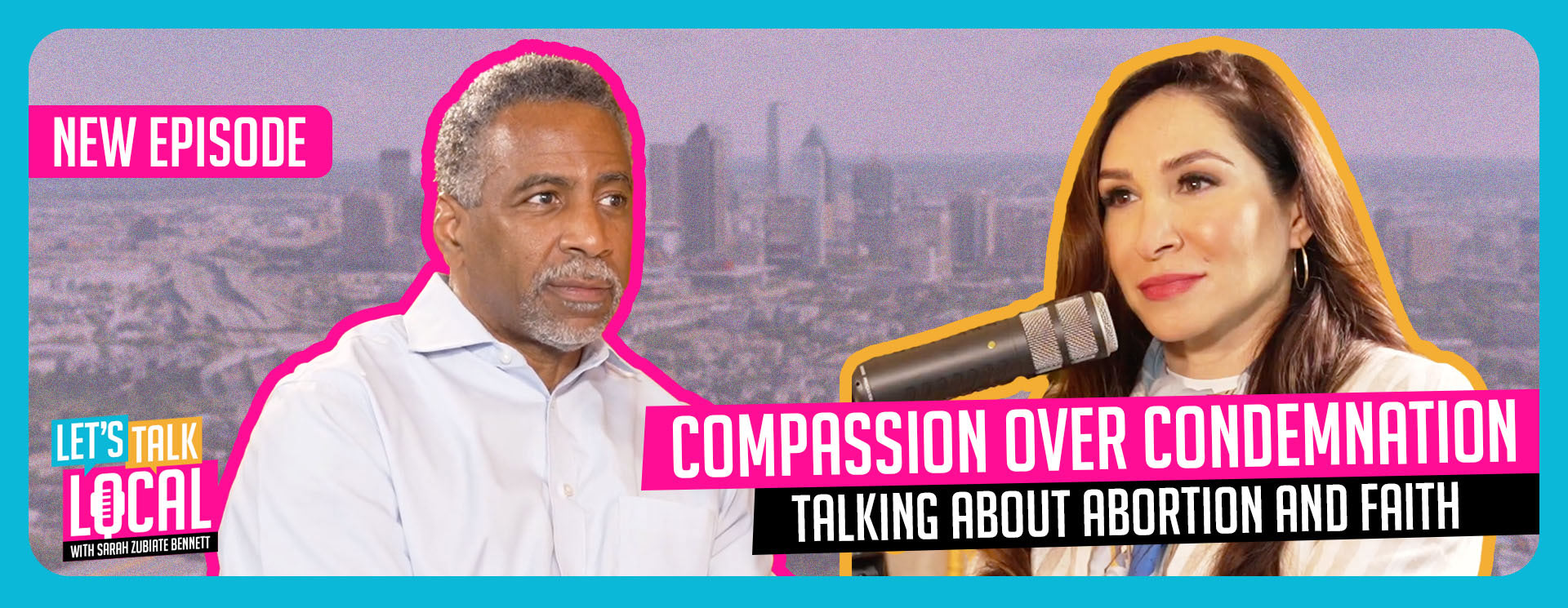As the Fourth of July celebrations approach, taking necessary precautions and being mindful of potential risks will help ensure a fun and secure holiday for everyone.
Fireworks
In 2023, there were 9,700 people treated in emergency rooms with firework-related injuries and eight deaths, per the United States Consumer Product Safety Commission (CPSC).
Out of the eight deaths, five were related to firework misuse, two with a device malfunction, and one involving unknown circumstances.
An estimated 800 emergency department-treated injuries were associated with firecrackers and 700 with sparklers.
Teenagers aged 15 to 19 had the highest estimated emergency department-treated firework-related injuries, with children aged five to nine having the second highest rate.
The parts of the body that were most injured were the hands and fingers, followed by the head, face, and ears.
Some recommended safety tips from the CPSC when handling fireworks include:
- Never allow children to play with or ignite fireworks, including sparklers. Sparklers burn at about 2,000 degrees Fahrenheit—hot enough to melt some metals.
- Make sure fireworks are legal in your area. Only purchase and set off fireworks that are labeled for consumer (not professional) use.
- Never use fireworks while impaired by alcohol or drugs.
- Keep a bucket of water or a garden hose handy in case of fire or other mishap.
- Light fireworks one at a time, then move back quickly.
- Never try to relight or handle malfunctioning fireworks. Soak them with water and throw them away.
- Never place any part of your body directly over a fireworks device when lighting the fuse. Move to a safe distance immediately after lighting fireworks.
- Never point or throw fireworks (including sparklers) at anyone.
- After fireworks burn, to prevent a trash fire, douse the spent device with plenty of water from a bucket or hose before discarding the device.
Water Activities
Many will celebrate the Fourth of July enjoying the water, from pool parties to venturing to the lake.
North Texas has seen several drowning deaths over the years occurring on the Fourth Of July or the days following the holiday, as covered by The Dallas Express.
Last year, three men drowned in Lake Lewisville over three days.
Nearly 88% of child drownings happen with at least one adult present, and 50% of children drown within 25 yards of a parent or other adult, according to a news release from the National Drowning Prevention Alliance.
Drowning is the leading cause of death for children ages one to four and the second leading cause of injury death for children 5 to 14.
“There is a common saying among water safety advocates that when everyone is watching, no one is watching,” Adam Katchmarchi, Ph.D. and Executive Director, NDPA, said in the news release.
“Additionally, drowning does not occur the way we are used to seeing it on television or in the movies with a lot of noise and splashing. With most children unable to call out for help, the fact is that drowning is quick and quiet and often happens when adults are present. Statistics also show that 23% of child drownings occur during a family pool gathering.”
These simple water safety tips can help prevent a drowning incident:
- Have a designated, active water watcher at all times.
- Adult water watchers need to provide close, constant, and capable supervision.
- Water watchers must stay focused and never be distracted by cell phones, conversations, or other diversions.
- Water watchers cannot be under the influence of drugs or alcohol.
- Water watchers should rotate every 15 minutes.
- Identify weak and non-swimmers and always practice touch supervision by reaching out and touching non-swimmers at all times.
- Swim near a lifeguard whenever possible. With an adult water watcher designated, even if lifeguards are present.
- Enroll your child in high-quality swim lessons as early as their first birthday. But keep in mind that even good swimmers can drown.
- Do not overly rely on one layer of protection, as layers can break down and are designed to be used in combination to reduce risk.
- Learn CPR with rescue breaths and what to do in an emergency.


